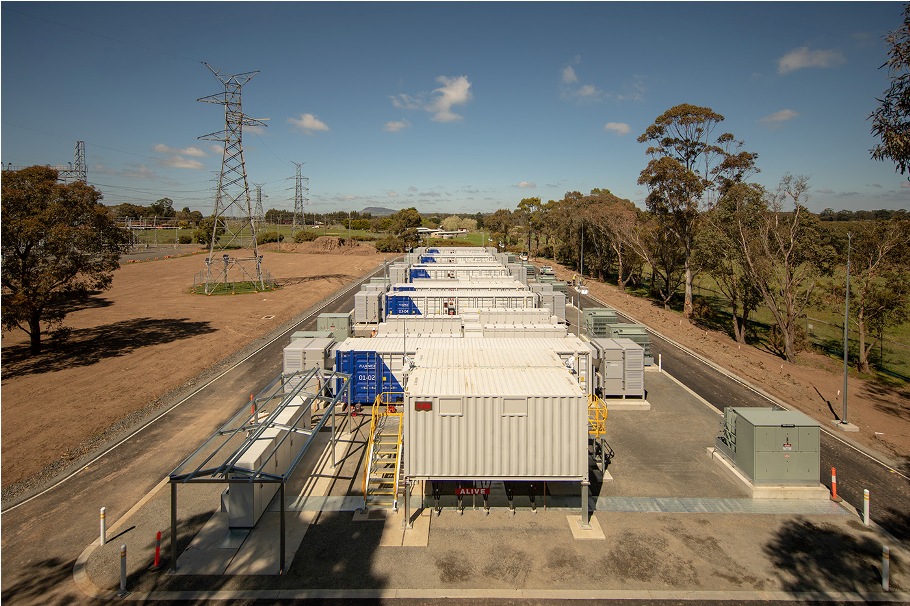The stationary energy storage market in India is expected to grow at a CAGR of about 8 per cent during 2020-27, according to a report by India Energy Storage Alliance (IESA).
The growth projection is based on a business as usual (BAU) scenario with the supportive policy framework, MNRE (Union Ministry of New and Renewable Energy) targets and ongoing project trends.
The report, the latest edition of IESA’s Stationary Energy Storage Market Overview, has taken 2019 as the base year for the estimation and the forecast period. In 2019, the market size shrunk to 21 GWh from 24 GWh, primarily due to lower sales in the larger markets such as telecom and inverter batteries in 2018.
For the forecast period, the top growing renewable markets for energy storage systems (ESS) will be integrated into the grid, diesel optimization, solar rooftop, and distribution utility scales storage.
Renewable integration
Renewable integration into the grid is slated to grow at CAGR of 32 per cent by 2027 due to the focus on solar-wind hybrid tenders by Solar Energy Corporation of India (SECI) and other government agencies, on account of high renewable target of 450 GW by 2030.
Diesel optimiszation is slated to grow at CAGR of 59 per cent in short term till 2023, with a slower growth in long term at 30 per cent till 2030 accounting for a more reliable national grid which may leave less scope for growth of backup market.
For the rooftop solar market, a dip in GST from 28 per cent to 5 per cent has been a driver for the market, with analysis additionally showing that for solar resource-rich states such as Maharashtra, Tamil Nadu, Karnataka, West Bengal, Assam, cost of rooftop solar with 50 per cent storage system could meet grid parity by 2023-end.
Though the COVID-19 impact will be visible on the rooftop solar, inverters, and diesel optimization markets, the markets are likely to recover after 2021. Other markets such as telecom markets and UPS will have a medium impact of the pandemic, owing to an increased use of electronic communication devices such as smartphones, laptops, and change in lifestyle owing to remote work.
The most popular battery technologies used for energy storage are flooded lead-acid batteries, valve regulated lead acid batteries (VRLA), lithium-ion batteries and other technologies such as flow batteries, thermal batteries etc.
Battery technologies
IESA expect the contribution of lead-acid batteries to reduce over the projected period with flooded lead-acid battery share going from 52 per cent to 19 per cent and for valve-regulated lead-acid batteries reducing from 44 per cent to 31 per cent. At the same time, the penetration of lithium-ion batteries is projected to increase rapidly from 4 per cent in 2019 to 45 per cent in 2027 primarily due to the decreasing prices of lithium-ion battery systems. The share of other battery technologies, although still small, could also increase from less than one per cent in 2019 to five per cent in 2027.
The 2027 projections consist of base case, worst case and best-case scenarios. The best-case scenario projects a CAGR of 14 per cent, while worst-case scenario assumes a low growth of 2 per cent in the market.
(Featured photograph, courtesy Fluence, is for illustration only)

